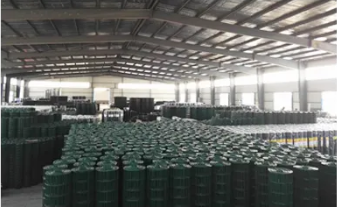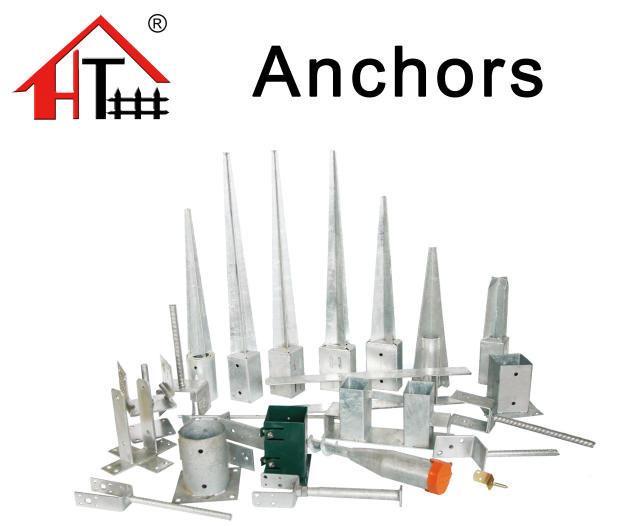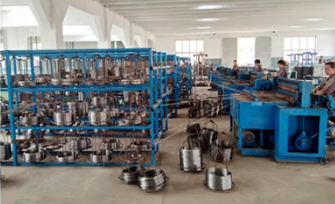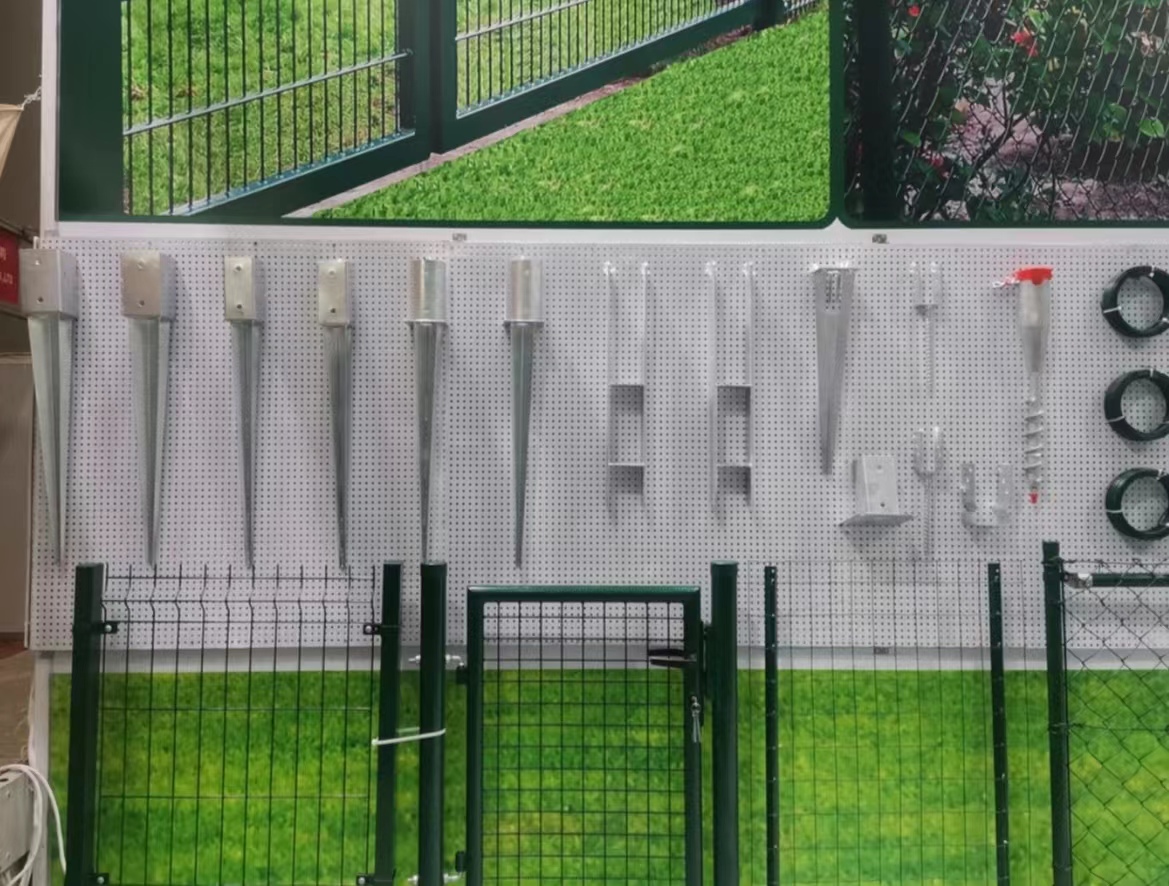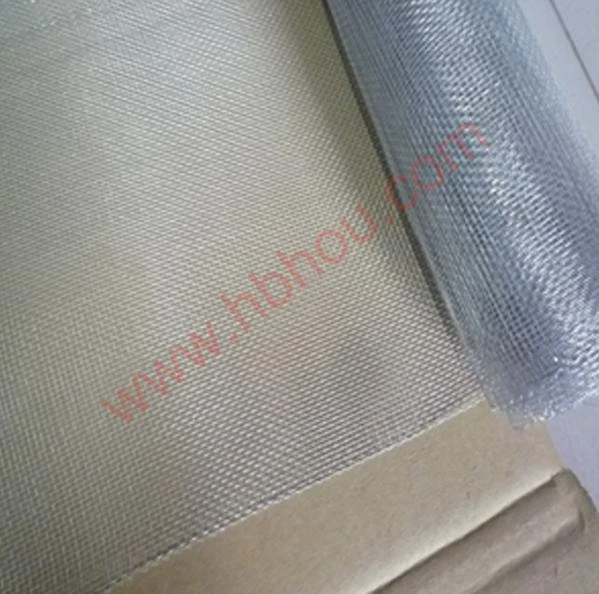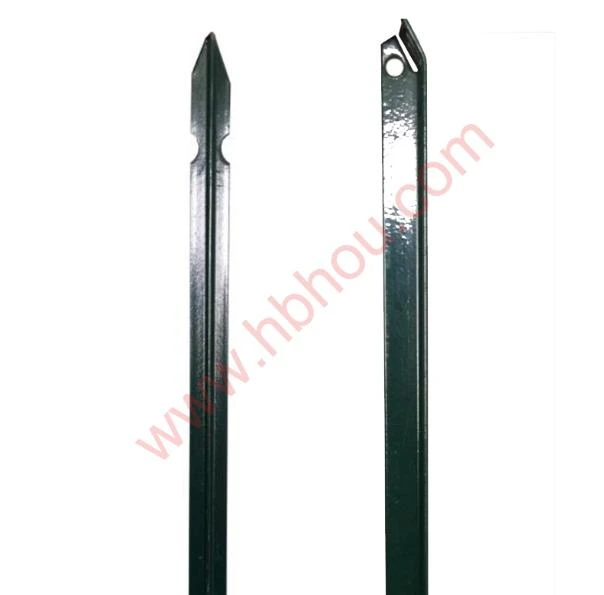The Art and Strategy of Bird Fencing
Bird fencing is an intriguing concept that blends creativity with practicality. It’s not simply about constructing barriers; it’s about understanding avian behavior, the environment, and the intricate balance of nature. This article delves into the philosophy and methodology behind bird fencing, exploring how we can effectively coexist with our feathered friends while protecting our gardens and crops.
At its core, bird fencing is a protective measure aimed at preventing birds from accessing areas where they are not welcome, such as vegetable gardens, fruit orchards, and flower beds. Birds, while beautiful and beneficial in many ways, can wreak havoc on our cultivated spaces, leading to substantial losses. The challenge lies in creating a fence that is effective yet aesthetically pleasing, as well as environmentally responsible.
Understanding Bird Behavior
Before embarking on the journey of bird fencing, it’s essential to understand bird behavior. Different species exhibit varied tendencies when it comes to foraging for food. Some birds, like sparrows and finches, are ground feeders, while others, such as jays and crows, prefer to perch on elevated surfaces to scout for their meals. This knowledge is crucial in determining the type of barriers and materials that will best deter these opportunistic foragers.
For example, low fencing might be adequate for ground-feeding species, but for birds that are capable of flying over a fence, a taller barrier with an angled top or an overhead netting is necessary. Moreover, incorporating reflective materials or noise-generating elements can deter birds by creating an unsettling environment that encourages them to find a more hospitable location.
Materials for Effective Bird Fencing
bird fencing
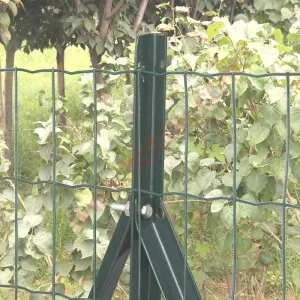
When selecting materials for bird fencing, one should aim for durability and minimal environmental impact. Classic options include wooden fences, wire mesh, and netting. Wooden structures can provide a rustic feel to a garden but may require maintenance over time. Wire mesh is a versatile and robust option, effective in deterring various bird species while allowing light and air to permeate, promoting healthy growth for the plants beyond the fence.
Netting is particularly useful for fruit trees and berry bushes, enclosing the foliage and preventing access to ripe berries. It is important to employ netting that is fine enough to prevent birds from slipping through while being strong enough to withstand weather conditions without tearing.
Creating a Harmonious Environment
While the primary focus of bird fencing is to protect human interests, it is also vital to consider the broader ecological context. Birds play a crucial role in ecosystems as pollinators and pest controllers. Therefore, creating a harmonious environment should involve leaving designated areas where birds can thrive. Bird feeders and water sources strategically placed away from fear of fencing can attract birds and provide them with the sustenance they need without encroaching on your garden.
Final Thoughts
Bird fencing is more than just a barrier; it’s a testament to our relationship with nature. By understanding bird behavior, utilizing appropriate materials, and creating a balanced environment, we can effectively mitigate the challenges posed by these winged visitors. Ultimately, fostering coexistence with birds, rather than viewing them solely as a nuisance, enriches our gardens and enhances the beauty of our surroundings. As we engage with this delicate dance of strategy and artistry in bird fencing, we learn to appreciate the role of every creature in our ecosystem.









